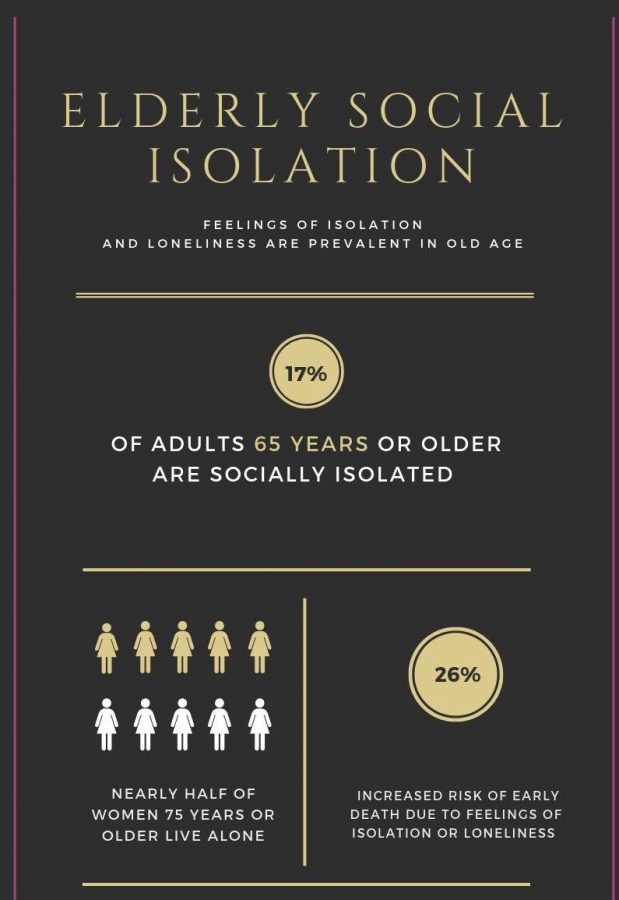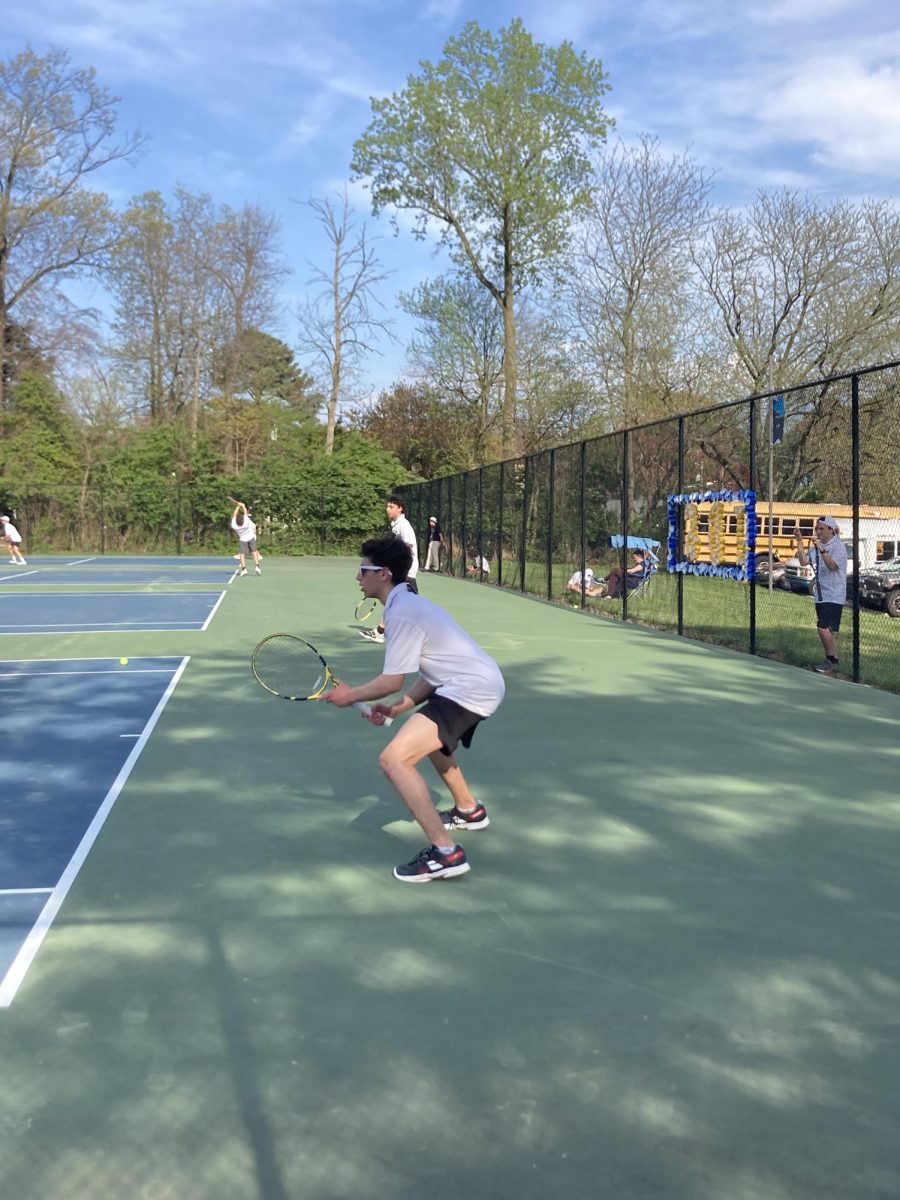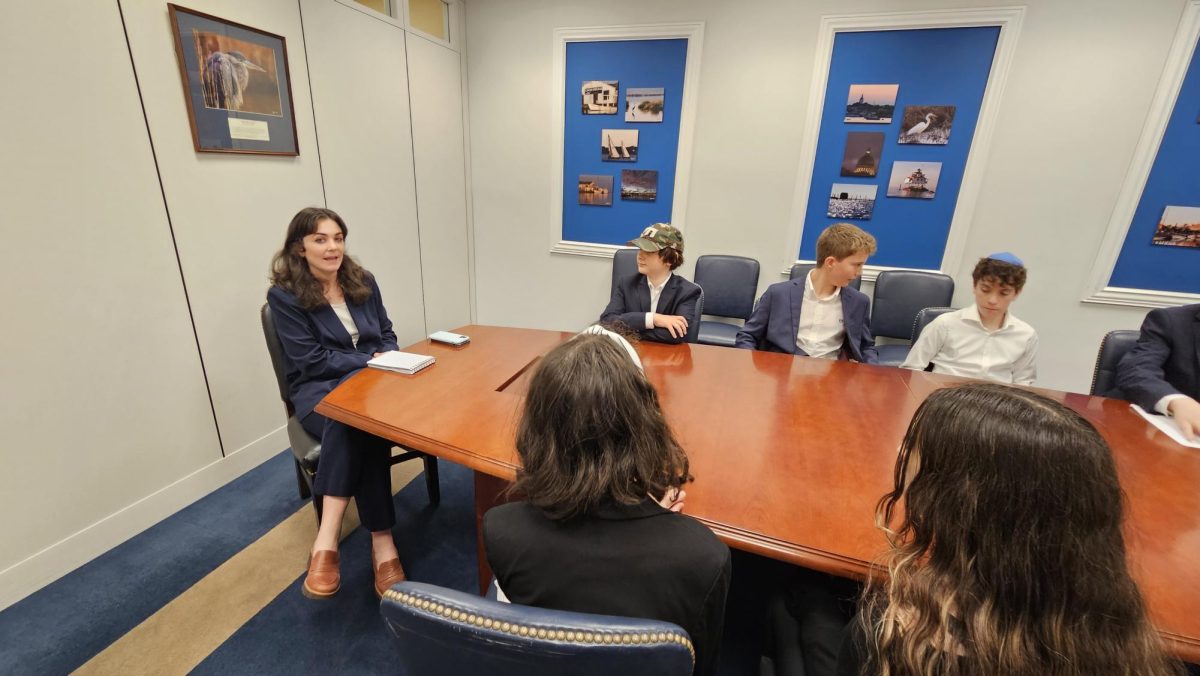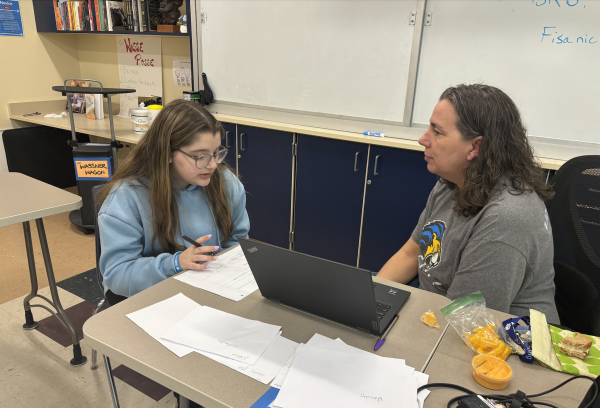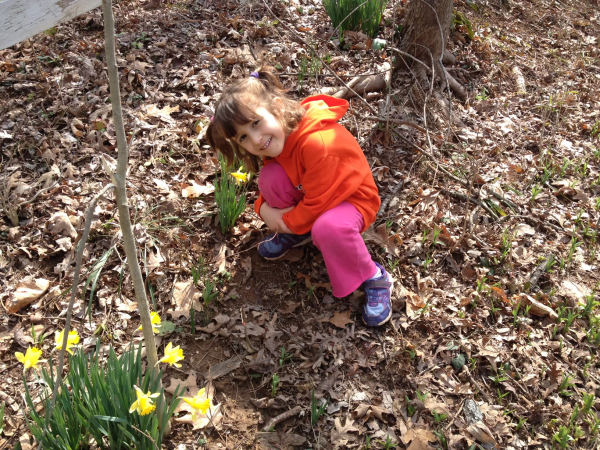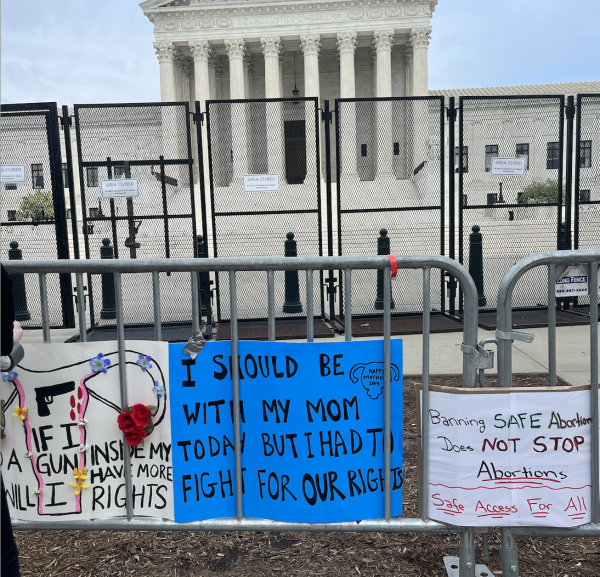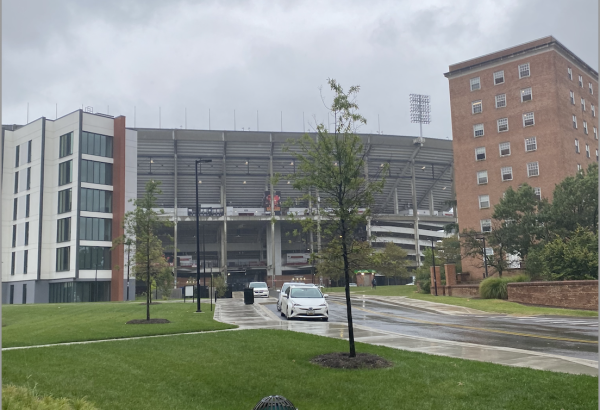Threat of isolation on elderly population
May 28, 2019
Elderly social isolation and loneliness is a growing concern that affects millions of elderly people across America. According to the AARP Foundation, 17% of adults 65 years or older are socially isolated and 46% of women 75 years and older live alone. Unfortunately, these conditions can increase the likelihood of developing serious health conditions. In fact, studies show that there is a 26% increased risk of early death due to feelings of isolation and loneliness.
Although they can be linked to each other, social isolation and loneliness are two different things. Social isolation is an objective state in which a person does not have enough people to interact with. Loneliness, on the other hand, is a psychological experience of distress that occurs when a person feels that they do not have enough social relationships or contact with others. Therefore, a person that appears to have a large social network can still feel lonely while a person that is physically isolated from others will not necessarily struggle with loneliness.
Elderly adult women are most at risk for experiencing loneliness and isolation. A high percentage of adult women 80 years or older will likely live alone due to the fact that women typically outlive men. Therefore, older women are more likely to be widowed and live alone rather than their husbands, which increases the risk of being socially isolated and experiencing loneliness.
There are various other reasons for elderly people to lose elements of their social networks. For example, children and grandchildren of older adults may have moved away. In addition, old siblings and friends may have died resulting in fewer friends with whom an elderly person can engage. In a recent Canadian study, one in five elderly adults 65 or older said they had experienced loneliness sometimes or often, and one in four adults 85 or older said they had experienced loneliness sometimes or often.
I choose to write about this issue for my 8th grade capstone project because it is an issue that is personal to me and my family. My grandmother used to live in a house in Virginia Beach with my grandfather who has dementia. Because my grandfather’s condition entailed a lot of caregiving and work, my grandmother did not have enough time to engage with others besides her close family by phone. In this way, she was socially isolated. However, recently, she made the move to an retirement community where she now has the opportunity to socially engage with other elderly adults. I hope this article can raise awareness for the millions of elderly across America that suffer from social isolation and loneliness like my grandmother experienced.
There are a number of ways to address both the problem of elderly social isolation and loneliness. If you know elderly adults that live alone, try to spend time with them. A great way to help elderly people find more social connections is by helping them use technology, such as phones, computers, and tablets. Technology affords elderly people additional means of contacting others, helping them make more friends.
Volunteering at old age homes or retirement communities also provides many elderly people with the opportunity to participate in social engagement. Many elderly people living in these facilities do not get many visitors and therefore may experience loneliness. Entertaining, reading, or just simply talking to elderly people living can go a long way to mitigating the problem of social isolation and loneliness among the aged.


